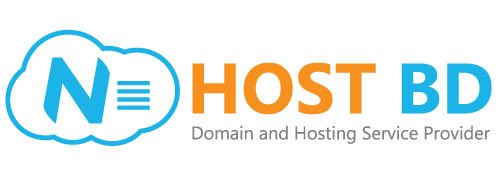Measure the results of your content strategy

by N HOST BD
Content marketing should provide relevant information on a particular topic. But, if you also want your blog to stand out, you should especially notice that these contents add value to the topic you are going to focus on. Once you have created your blog and have published content within this, how can you tell if the posts are being viewed? Are you getting the expected results?
It is necessary to periodically review the performance of the content to see if you should continue on the same line or, conversely, it is advisable to change your strategy. But how to measure the results?
Define your Key Performance Indicators (KPIs). Key development indicators are units of measurement through which you get data and metrics to assess and analyze results. Without KPIs, you will not be able to measure the success of your posts.
Here are the usual metrics that you need and that will serve to improve the engagement and traffic of your website.
Comments – engagement: It is convenient to look at the number of comments that your entries have, to see the tone of these and to answer to maintain the feedback and to get loyal to your readers. You can also comment on other blogs to give visibility to your own and promote, without spamming, your site. Thus, the public can access yours if you consider your opinion interesting.
Social networks, how many times are shared. Use the social networks that best fit your content and target and analyze the times your updates and posts have been shared. It is a great way to get to know and spread your content, but it is also very useful in knowing which posts work best for your audience.
Time spent on the site, average duration per page and rebound rate. The rebound rate refers to when the person who browses leaves the site after having visited a single page. On the other hand, the time spent on a page Is obtained through a metric that calculates the participation of the visit, duration of the session and the ratio of clicks. The average duration of the session can be known through the average time users have been browsing the web (provided they have interacted in the same).
Increasing Subscribers: Increasing the number of followers you subscribe to your website means that the content of your website is having the desired impact on the public.
Backlinks: Those links or links that relate other web pages to yours, the more pages you link and the more notoriety they have, the better positioned your web will be.
Scroll: It is understood as the analysis that shows us if the users who navigate on your web do it “deep,” that is to say if they see all the content of the page. To carry out this metric, there is a WordPress plugin, called Scroll Depth, or the option to view it from Analytics.
Some visits and unique users. The difference between unique users and visits is based on:
A unique user is identified through a cookie only once. What this means, that for many times that this enters the site will be counted as a single visit (provided the user accesses from the same browser).
In the visits, on the other hand, they all count. Although they also have their peculiarities such as that they end by default at 30 minutes, at the end of the day or when changing the values of a campaign.
But how do you see unique users and visitors? The answer is from Google Analytics. Once you have created your account in Google Analytics, you will be given an ID code that you will have to implement in your blog to access the metrics that will help you measure the results of your strategy. If you do not know how to do it, click on the following link. And here you can see how to set up Analytics tracking.
Also, from this tool, you can delve deeper into that content that is interesting for those who visit your website. For example, you can know not only the pages but also the categories and sections that have received the most visits on your website.
From the Google Analytics dashboard, you can access “Reports” and display the “Behavior” menu, located on the left side of the screen. Within “All Pages” you will find the “Page Title” option so that the display will be easier.
This can be essential to help you determine which of them generate the most interest. Analytics is a must when you want your blog to reach more people, know the preferences of the users that come to your page and improve your content strategy.
Recommended Posts

নিউজ পোর্টাল এবং টিভি চ্যানেল সাইট মাত্র ৫,০০০ টাকা !
November 21, 2018

How to Create Your First Website?
June 29, 2017

Essential Tools for Blogger
June 29, 2017

